Using Auto control sets a parameter at a certain value dictated by the user, and the controller functions based off feedback from a given sensor to push that parameter towards the desired value (PID controller). For example, if agitation is set to Auto 40 RPM, the motor of the VW continues to update the power input until the desired RPM is measured by the sensor. If temperature is set to Auto 37°C, the heater power will adjust appropriately until the desired temperature is measured by the RTD, and it will continue to maintain it. The Manual control sets a parameter to a certain value dictated by the user and directly controls the output for the given controller. In Manual mode, the sensor only has a monitoring function. For example, if agitation is set to manual 40%, the motor driving rotation of the VW will be powered at 40% duty. In the PBS-3, this corresponds to 22 RPM. If temperature is set to manual 37%, the heater will be powered at a constant 37% duty without interruption, and the temperature will exceed 37°C and continue to heat until it reaches a maximal point. For this reason Auto mode is the default and recommended control method. Input of each of the four gases (air, N2, O2, and CO2) can also be manually adjusted using the Manual control.

